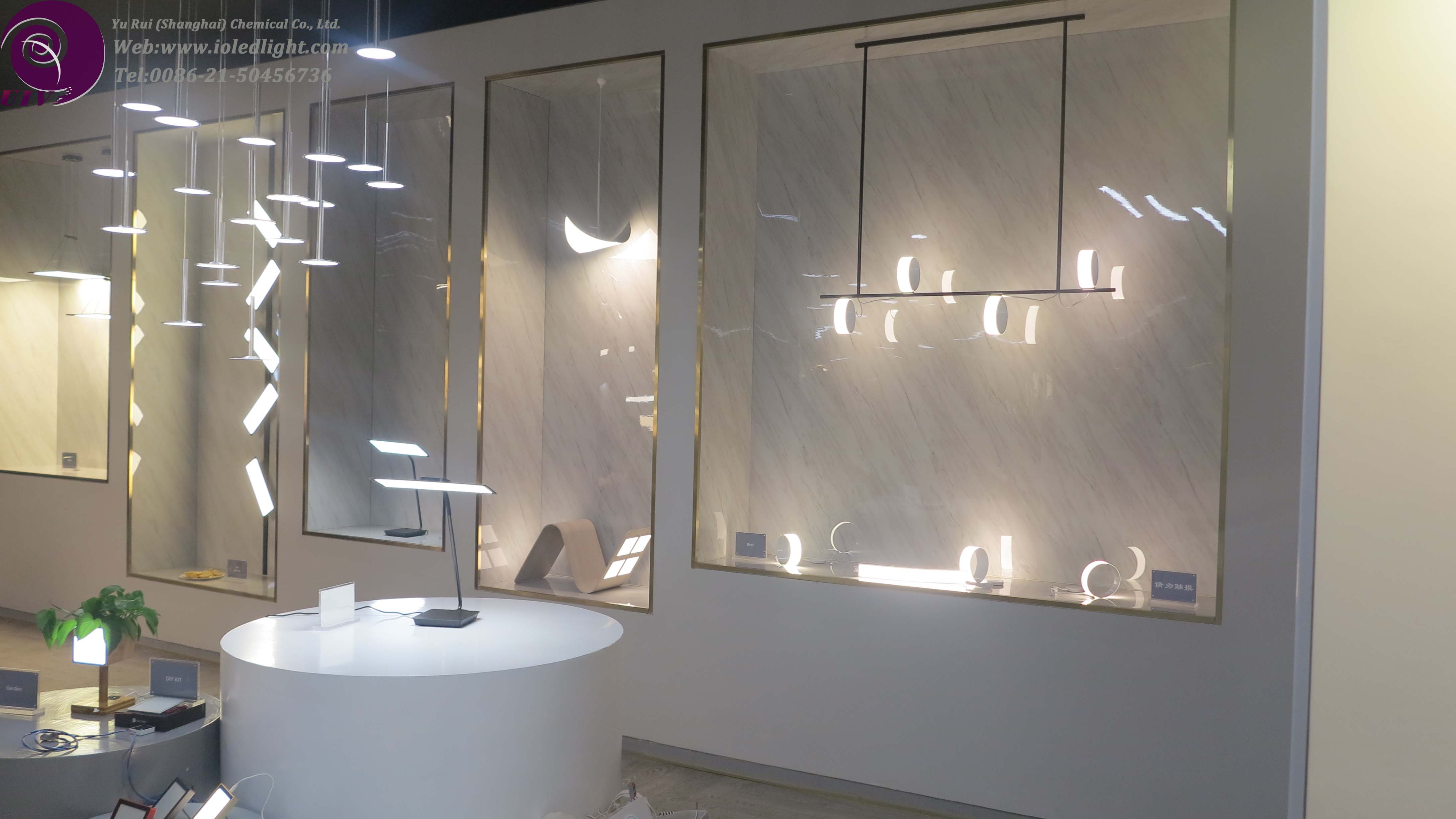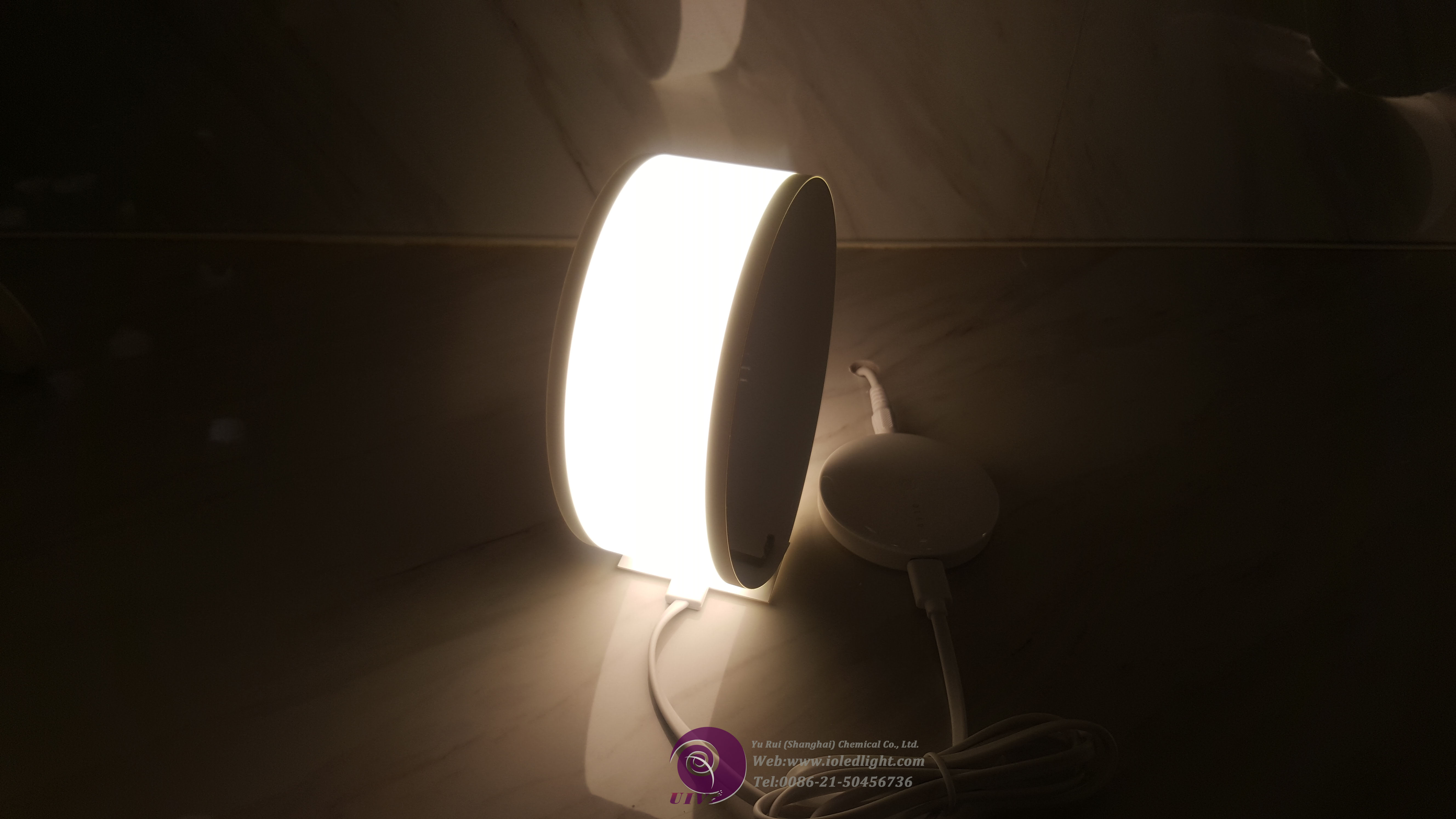Location:Home » OLED news » The difference between LED and OLED lighting is a thousand miles, the difference between LED and OLED lighting
The difference between LED and OLED lighting is a thousand miles, the difference between LED and OLED lighting
The difference between the LED display and the OLED display is not just a one-letter difference. Both are completely different imaging technologies. LED display is a set of microelectronics technology, computer technology, information processing in one, with its colorful, dynamic range, high brightness, long life, reliable and reliable work, etc., is also the most advantageous public display media. With the continuous development and innovation of LED display technology, the LED display industry starts with products and then reaches product design, so that it can provide overall solutions in the future.
LED and OLED as a new semiconductor lighting technology, known as the fourth generation of lighting or green light source, compared with the traditional lighting products, it has the characteristics of energy saving, environmental protection, long life, small size, etc., can be widely used in various instructions , display, decoration, backlight, general lighting and city night scenes.
Therefore, in recent years, some economically developed countries in the world are actively developing LED and OLED semiconductor lighting. However, LED and OLED have their own characteristics because of their different working principles and production processes.
LEDs can only be used in the form of point light sources. In the field of indoor general lighting, in order to achieve lighting brightness in a certain space, the LED needs a high light-emitting brightness, so in order to prevent glare and produce soft light, the LED often needs to be installed with a lamp shade. However, as a result, the luminous efficiency of LED lamps will also decrease.
If you want to use LED to make a surface light source, for example, as the backlight of the LCD, you need to combine multiple LEDs with a complex optical system such as a light guide plate. In addition, the LED's luminous efficiency will drop rapidly with increasing temperature.
Due to the very small size of the LEDs, the heat generated during operation is difficult to dissipate in time, so the LED lamps must be equipped with heat sinks. Based on the above reasons, the advantages of LED light source technology, such as luminous efficiency, lightness and thinness, and cost advantages, will be greatly discounted after being made into lamps.
At present, white LEDs are generally realized by using a blue LED covered with phosphor powder. Phosphor powder excited by the blue light emitted by the LED will produce yellow light, and then mix with the LED's own blue light white light. Although this method is low in cost, it has many disadvantages.

On the one hand, the color rendering index of white light generated by this method will be unsatisfactory, that is, the color of the object under the irradiation of white light will be deviated, making it unsuitable for applications where the color quality requirements are high; on the other hand, the phosphor powder It will burn out much faster than a blue LED, which will cause the emitted white light to drift toward blue and shorten its life. OLEDs are devices based on organic semiconductor materials. The materials used for OLEDs are small molecules and macromolecules. Currently, industrialization is mainly based on small-molecule organic materials.
Since small-molecule OLEDs use low-cost glass as a substrate and are manufactured by a large-area vacuum thermal evaporation deposition process, OLEDs are innate surface light source technologies. The OLED process process does not require the ultra-high vacuum and high temperature environment of the LED process technology, and the cost competitiveness is much higher. OLEDs generally emit light evenly and softly, which is close to the distribution of lambert radiation. Therefore, the OLED itself is almost a lamp and does not need to be used with a lamp shade. At present, white light OLEDs are mainly formed by superimposing organic materials with three basic colors of red, green and yellow.

In addition, organic materials emit light spectrum is characterized by a wide half-width, so there is no large gap in the white OLED spectrum, which makes the OLED light source color rendering index is very excellent, especially suitable for indoor general lighting, and even professional photography And other applications. Moreover, by adjusting the light-emitting ratio of each color material, any shade of light can be generated to suit different applications.
Because OLEDs have a very large light emitting area, the heat generated during operation can be dissipated in a timely manner without the need for a heat sink. So OLEDs can be very thin and light, saving space costs. In addition, OLED can be designed into a variety of shapes, which greatly expands the application space of OLED lamps in the field of art decoration.
Related information
- Latest information on OLED worldwide
- OLED desk lamp
- Lightweight and soft like paper LG display flexible OLED desk lamp
- Strobe light damage to eyes - "Strobe damage"
- OLED lighting will lead the new concept of eye health, solve the blue light hazard
- Apple reported to use new touch-integrated OLED screens to make 2019 iPhone thinner and lighter
 RelevantOLED news
RelevantOLED news
- Latest information on OLED worldwide
- LG announces its 2019 OLED TV lineup
- Analysis of TV technology development route in 2019: From LCD, QD, OLED to Micro LED
- OLED technology has become a turning point beyond LCD
- Transparent OLEDs: introduction and market status
- Apple reported to use new touch-integrated OLED screens to make 2019 iPhone thinner and lighter
- Advantages and challenges of AMOLED technology for AUTO
- OLED key process: Introduction to evaporation technology
- UIV OLED: The emerging flexible OLED lighting
- OLED band-aids, the patch cure wounds with light


 Latest information
Latest information